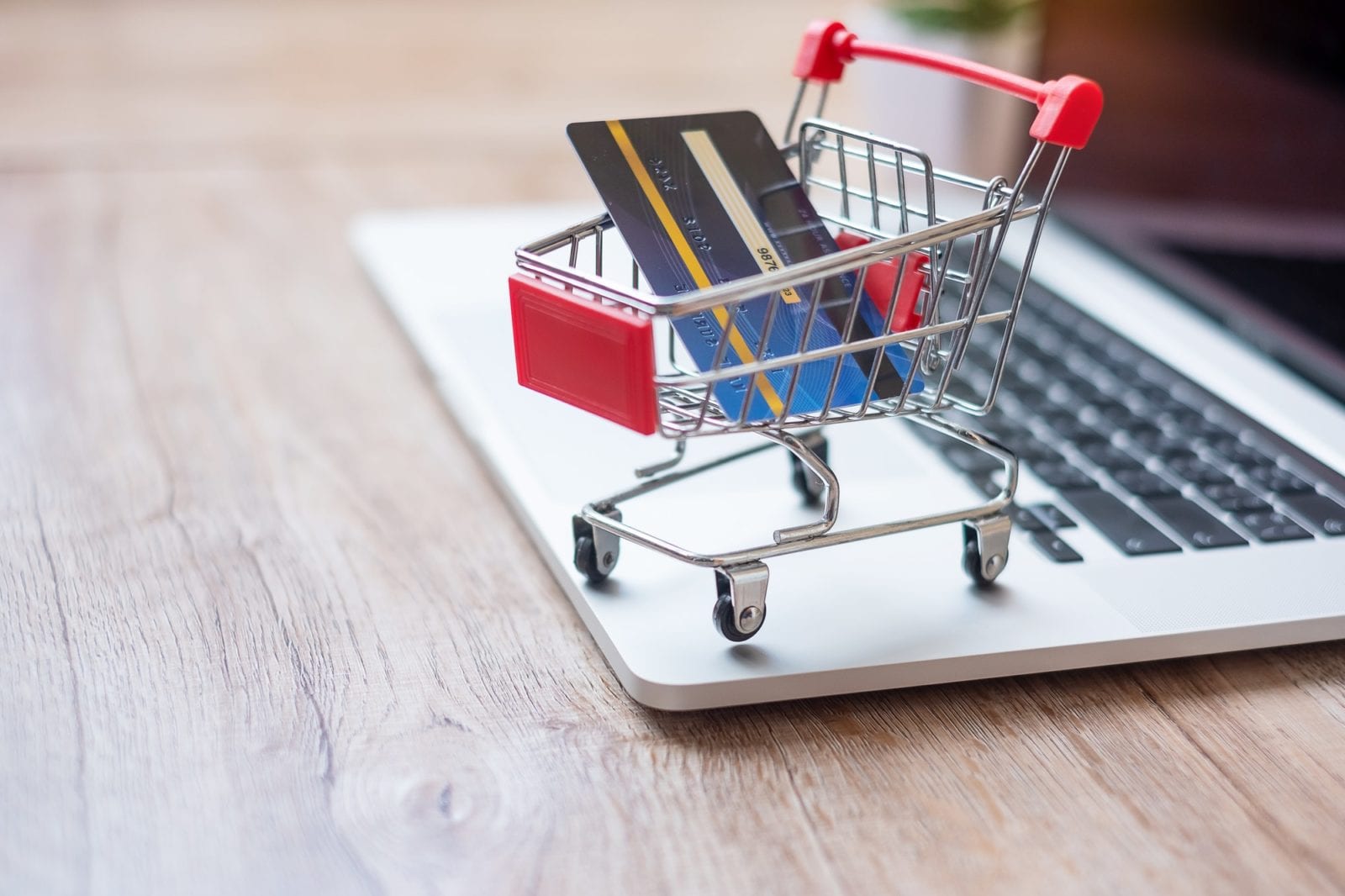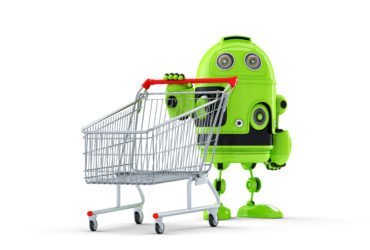The ultimate goal of your ecommerce business is to earn profits by selling products to your customers. The most important aspect of earning profits is payments. Unless your customers pay for the products, nothing in the business makes sense. Payments form an important part of the ecommerce business because there are multiple options available. And you must be willing to provide these to your customers for convenience and greater customer satisfaction. There are payment methods ecommerce business must have, which is why you need to know their pros and cons today.
Importance of Payment Methods
Payment methods are fundamental to your ecommerce business. Your customers need to pay for the products using some mode of payment. In the retail scenario, they usually walk up to your billing desk and use their card or cash. Since most Indian customers find cash as a good option to pay for their purchase, you can find it at most stores. However, there are also a segment of customers that don’t carry cash and love to pay via online mode. Therefore, you must have seen separate queues for online payments at bill desks in retail stores.
The same goes for ecommerce. When customers shop online, they shop from different parts of the country. And if you are selling across the globe, your costumes could be anywhere. While many of these customers would be comfortable in cash on delivery, others would find online payments more convenient. In case you fail to provide either one of these, you lose a customer. Chances are your costumes might not have another option to pay for their products. Therefore, you need to provide them with satisfaction and a pleasant shopping experience. And that’s why these are the payment methods ecommerce store owners must have.
However, if you don’t know where to get started, don’t worry. We’ve gone ahead and bought the best payment methods for your business under one roof. Check them out right away!
Different Payment Methods for Ecommerce Store
Here are the most common types of payment methods popular among online customers-
Online Methods
These are the payment methods ecommerce stores must offer to their customers. Online payment methods are the ones that do not deal with cash. The payment is paid as the order is placed online. Once you add the product to the cart and check out, you need to add your address and billing information. This is also where you pay for the order. The payment happens online, which is why this is known as the online payment method.
The convenience of this mode of payment is that the customer doesn’t have to deal with the delivery executive in most of the cases. Since the order is already paid for, the product is delivered to the customer hassle free. Moreover, if the customer wants the product to be delivered at a neighbour’s address, it is possible since the order has already been paid for.
Even in the online mode, the customer has multiple options to choose from. Most ecommerce stores provide this option to the customers-
- Credit cards
- Debit cards
- UPI payments
- Mobile wallets
- Netbanking
- Prepaid cards
Offline Methods
Just like the online mode of payment, the customers can choose to pay via the offline modes. There are usually two types of payment options available for the offline mode. These are-
- Cash on delivery
- Pay on delivery
Most customers in India prefer these modes, because of the fraudulent activities with online payments. These methods are more reassuring since the order has to be paid for as the product gets delivered at the customer’s doorstep. This is another payment method ecommerce store owners should offer to their customers. Using cash on delivery and pay on delivery, customers have the freedom to pay once they physically see their order.
However, in this mode of payment, there is contact between the delivery executive and the customer. The delivery executive is supposed to collect the cash from the customer’s doorstep in exchange for the package. Since offline mode of payment requires an additional step on the behalf of the courier company, the shipping charges associated with them are a little higher. Most of the courier companies charge an additional amount of money from the seller for offline payment shipments.


The Pros and Cons of Online Payment Methods
Now that you know the distinction between the online and offline modes of payments, let’s move on to the next level. With so many online modes of payments available, you need to know which one is the right option for your business. Take a look below-
Credit Cards
Credit cards are one of the most popular payment methods ecommerce store owners offer. These cards are excessively popular among the professional or working class of the population. More and more customers these days make purchases on their credit cards and then pay the bill at the end of the month.
Moreover, they also receive several points that can be redeemed for shopping or movie vouchers after a threshold. The buyer has to enter the details of the credit card during the checkout process. The details are verified via an OTP sent to the customer’s registered mobile number.
Advantages
- Customer can purchase now and pay back to the credit card company later
- Flexible payment options
- EMI options available
- Attractive offers on payments especially during the sale season
Disadvantages
- Risk of fraudulent activities is very high
- Interest rates apply on several transactions
- Hassle of entering card details
Debit Cards
Another important payment method ecommerce store owners provide customers with is debit cards. Debit cards are the go to option for most of the customers. While in a credit card, the customer has to pay the bill later, it is the opposite for a debit card. Here the customer makes the payment directly from the money available in their bank accounts. Therefore, there is no hassle of paying at the end of the month to the bank. The payment procedure via a debit card is the same as that of a credit card.
Advantages
- Payments are made directly from the customer’s bank account
- No worry of paying at a later stage or at the doorstep
- Payments with OTP
Disadvantages
- Card details can be illegally acquired, therefore risk of fraudulent activities
- Gateway charges are levied on several cards
- Hassle of entering debit card details such as card number, expiry, cvv etc.
Netbanking
With online transactions witnessing a rise, customers are also paying via netbanking mode of online payment. For this reason, it is a payment method that most ecommerce store owners are willing to offer on their website. Using net banking, the customer pays directly via the bank’s website using the id and password. Moreover, the payments are secured using the OTP verification mechanism. The money is directly deducted via the customer’s bank account and there are fewer hassles involved in payment.
Advantages
- Payments via id and password
- No need to enter card details
- Payments directly made from the customer’s bank
- No intermediary involved
Disadvantages
- Less secure as clone websites can record id and password
- More chances of payment failures
- Sometimes the money can be deducted from the source but not credited to the customer’s bank account
Online Wallets
Online wallets are becoming excessively popular with modern customers. This is because there are multiple offers on payment such as cashbacks, shopping vouchers etc, available on these wallets. It is also one of the most popular payment methods ecommerce store owners offer in their stores. Some of the popular wallets include Paytm, PhonePe, Freecharge, PayZapp, Amazon Pay etc. In this mode, the customer is directed to the application of the online wallet, where they choose to pay via one of their existing cards or an already added amount in the wallet. For most wallets, the payment verification happens via OTP.
Advantages
- Payments are made directly via the wallet
- Card details can be stored in the wallet
- More promotional offers available
Disadvantages
- Customer has to rely on third party applications
- Refunds are made to the wallet instead of back accounts
UPI Payments
The unified payment interface has become one of the most widely used online payment options in the past few years. This is because of the convenience they offer to the customers. UPI payments work by linking the customer’s bank account to a unique ID, known as the UPI id. The customer has to also choose a password to authenticate the UPI payments. Once the request for a purchase is made, the amount gets deducted directly from the customer’s bank account. All that is needed to be done is to enter the UPI id and password on the mobile app.
Advantages
- No requirement of entering card details
- Payment is done via UPI code and password
- One-tap payment method
- No need for OTP
Disadvantages
- Transaction limit depending on banks
- Involves third party applications in transactions
Gift Cards
Even though they are not used as popularly as other modes of payment, gift cards are a suitable option for an online store. They help customers shop directly from the store credit. The purchase of the gift card is like any other product online. However, once purchased, they can be used for making online payments at the store anytime. Gift cards are usually used as a gifting option, so that a person can purchase anything of their choice from the store. You can generate your gift cards for your online store but you must have an option of letting the customer retrieve it during the checkout process.
Advantages
- No bank transactions involved
- An excellent gifting option
- Less risk of fraudulent activities
- Binds the customer to make a purchase from the store
Disadvantages
- Sellers need a special provision to generate them
- Not popularly used by the buyer
The Pros and Cons of Offline Payment Methods
If you are selling your products in India, offline mode of payment is mandatory. This is because your business might be reaching out to customers in the rural areas where online payment is not an option. Many people today don’t have several cards or feel safe to use them online. They prefer paying in cash for their parcels. Offline methods can therefore help them with this and provide them a satisfactory shopping experience. Take a look at the pros and cons of offline modes of payment below-
Cash on Delivery
Most of the Indian buyers are accustomed to this mode of payment. They prefer to pay via cash on delivery since there are no risks of any fraudulent activities. The delivery executive comes to the customer’s doorstep with the parcel and collects the amount of purchase. The customer has to keep the cash ready with them. Usually the out for delivery message informs the customer to keep the payment ready with them.
It is one of the payment methods ecommerce store owners must offer to their customers. Cash on delivery also helps in extending the reach to far off areas. Many customers in rural areas do not prefer to pay via online modes of payment. Neither many of them possess cards or e-wallet accounts. Therefore, cash on delivery becomes their go to option.
Advantages
- Maximized reach to customers
- Greater customer satisfaction and convenience
- Less risk of online frauds
- Pushes the customer to make a purchase from a new store
Disadvantages
- Physical presence of the buyer is required
- Greater returns and product cancellations
- Hassle of maintaining the right cash amount and change currency
- Additional amount of time required for the process
Pay on Delivery
In this mode of payment, the customer doesn’t pay during the checkout process. Instead, the order is confirmed and the order fulfillment is carried out as usual. This is until the time that the parcel is finally taken to the customer’s doorstep. Upon reaching the customer’s doorstep, the customer can pay for the order using their cards or any online link shared by the delivery executive.
The delivery executive carries the swipe machine that is used for payment via credit and debit cards. Similarly, they also have a mobile app from the seller, that helps them share a link with the customer. This link is shared via the SMS mode. Once the customer finds the link, they can just go to the payment gateway by clicking on it and pay via any of the online payment options available.
Advantages
- The customer finds it more reliable to pay via pay on delivery
- They can pay via online mode even if they don’t have cash
- The trust in online commerce is maintained
Disadvantages
- Physical contact has to be made between the customer and the delivery executive
- Product cancellations and returns are greater
- Time taking process for the courier and the customer
- Fraudulent activities such as card cloning etc. can take place
Conclusion
Now that you know about the payment methods ecommerce store owners must offer to their customers, get started right away. All you need to make sure is that you partner with a trusted payment gateway for the best results. This will make your customer’s shopping experience much safer and convenient. If you are just stepping into the world of ecommerce, make sure that you make a mark with your website and payment methods. Leverage Dash101’s services for a complete solution regarding your website. Be it online selling or logistics, make the most of your limited budget.






Leave a Review